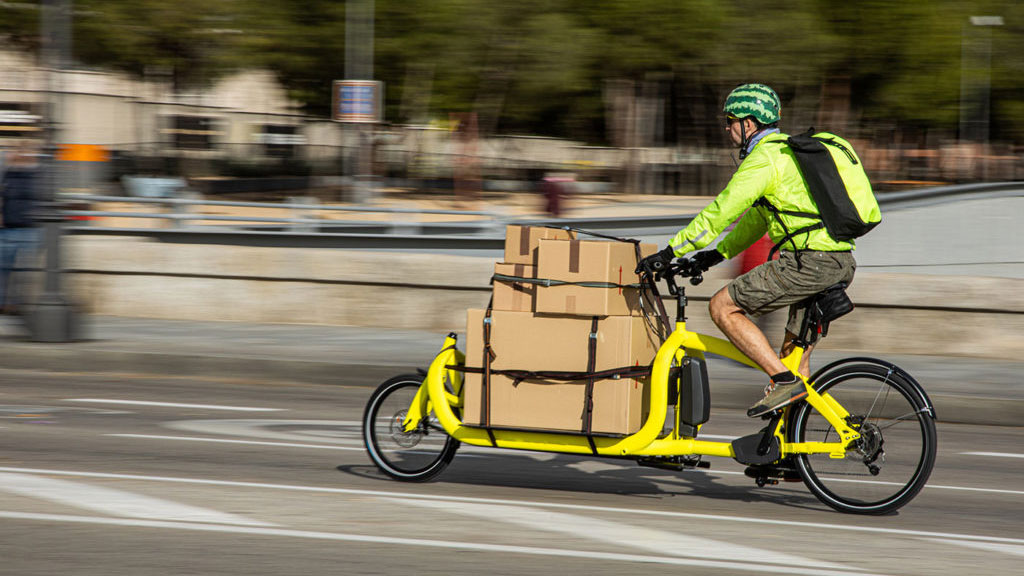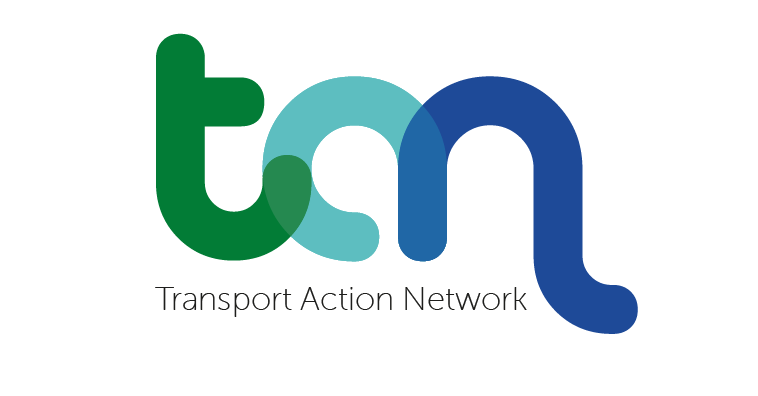Our ‘solutions’ information pages (e.g. on walking, cycling, public, shared and community transport) all apply to both urban and rural areas. However there is a common perception that it is only possible to achieve a Low Traffic Future in urban areas, not in rural ones.
There is, of course, an element of truth to this. In more rural areas, people’s journeys are typically longer (making it less likely that they can be walked or cycled), while the lower levels of travel demand make it harder to provide public, shared and community transport services that are both convenient and cost-effective. It is therefore harder for rural residents to get by without a car. However the lack of alternatives obviously creates real problems for children and young people in rural communities, as well as those on low incomes and those (especially older people) who are prevented from driving by health conditions or disabilities.
Yet rural car-dependence is by no means inevitable, as was demonstrated in a series of roundtable discussions held by the University of Hertfordshire’s Smart Mobility Unit in 2020. It is also particularly important to reduce car use for longer journeys. Around 30% of greenhouse emissions from cars arises from just 3% of car trips.
The report of these roundtables identified a number of solutions, and examples of good practice, for tackling car-dependence in the ‘peri-urban’ areas around smaller towns, as well as more remote rural areas, not least those which are popular as recreational and holiday destinations:
- Integration of public transport: the ‘One Public Transport System for Cornwall’, run by Cornwall Council, was cited as an example of good practice, as was the Intalink partnership in Hertfordshire;
- ‘Total transport’: ensuring better coordination of transport services commissioned by different public bodies (e.g. public transport, school transport, patient transport and community transport schemes);
- Demand-responsive transport (DRT): where public transport services can operate on flexible routes, allowing users to summon a bus by altering its route (within reason) to pick them up or drop them off at a convenient location. An example is the ArrivaClick service operating in Liverpool, Leicester, Watford and Ebbsfleet.
Meanwhile the charity CoMoUK’s website cites two case-studies (both from Scotland) of rural car-sharing schemes: Car Bute and the Teviot Electric Car Club.
There is a particularly strong case for improving public transport provision in National Parks and other protected landscapes. If visitors to these areas feel they can get around within these areas without needing a car, they are also likely to use public transport for the (probably much longer) journey to get there in the first place. In doing so, they are helping to reduce the congestion, pollution and visual intrusion that reduces the quality of the environment they are there to enjoy. For instance, prohibiting on-road car parking on the Llanberis Pass in Snowdonia while providing park-and-ride buses to get there has created a much better experience for those wishing to climb Snowden from the pass.

"It is far from true that rural car-dependence is inevitable"

"It is far from true that rural car-dependence is inevitable"
Our ‘solutions’ information pages (e.g. on walking, cycling, public, shared and community transport) all apply to both urban and rural areas. However there is a common perception that it is only possible to achieve a Low Traffic Future in urban areas, not in rural ones.
There is, of course, an element of truth to this. In more rural areas, people’s journeys are typically longer (making it less likely that they can be walked or cycled), while the lower levels of travel demand make it harder to provide public, shared and community transport services that are both convenient and cost-effective. It is therefore harder for rural residents to get by without a car. However the lack of alternatives obviously creates real problems for children and young people in rural communities, as well as those on low incomes and those (especially older people) who are prevented from driving by health conditions or disabilities.
Yet rural car-dependence is by no means inevitable, as was demonstrated in a series of roundtable discussions held by the University of Hertfordshire’s Smart Mobility Unit in 2020. It is also particularly important to reduce car use for longer journeys. Around 30% of greenhouse emissions from cars arises from just 3% of car trips.
The report of these roundtables identified a number of solutions, and examples of good practice, for tackling car-dependence in the ‘peri-urban’ areas around smaller towns, as well as more remote rural areas, not least those which are popular as recreational and holiday destinations:
- Integration of public transport: the ‘One Public Transport System for Cornwall’, run by Cornwall Council, was cited as an example of good practice, as was the Intalink partnership in Hertfordshire;
- ‘Total transport’: ensuring better coordination of transport services commissioned by different public bodies (e.g. public transport, school transport, patient transport and community transport schemes);
- Demand-responsive transport (DRT): where public transport services can operate on flexible routes, allowing users to summon a bus by altering its route (within reason) to pick them up or drop them off at a convenient location. An example is the ArrivaClick service operating in Liverpool, Leicester, Watford and Ebbsfleet.
Meanwhile the charity CoMoUK’s website cites two case-studies (both from Scotland) of rural car-sharing schemes: Car Bute and the Teviot Electric Car Club.
There is a particularly strong case for improving public transport provision in National Parks and other protected landscapes. If visitors to these areas feel they can get around within these areas without needing a car, they are also likely to use public transport for the (probably much longer) journey to get there in the first place. In doing so, they are helping to reduce the congestion, pollution and visual intrusion that reduces the quality of the environment they are there to enjoy. For instance, prohibiting on-road car parking on the Llanberis Pass in Snowdonia while providing park-and-ride buses to get there has created a much better experience for those wishing to climb Snowden from the pass.





